How to Make a Cardboard Cylindrical Box with Machines?
Struggling with complex cylindrical box production? Finding manual methods slow and inconsistent? We have the automated solution you need for your packaging business.
Making cardboard cylindrical boxes efficiently requires specialized machinery. Automated systems handle cutting, forming, gluing, and finishing, ensuring high speed, precision, and quality for bulk production, unlike manual crafting.
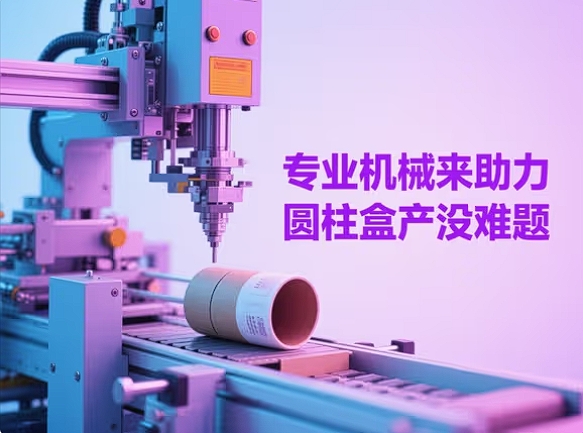
You see the need for machines, but how exactly do they work? Let’s explore the specific steps and equipment involved. Understanding the process helps you choose the right solution for your business needs.
How to make a cylinder with cardboard step by step using machines?
Confused about the machine process for cardboard cylinders? Manual steps seem clear, but automation feels complex? Let’s break down the automated workflow simply for you.
Machines automate cylinder making by: cutting cardboard sheets or tubes, scoring lines for bending, applying adhesive precisely, rolling the cardboard into a cylinder, and sealing the seam securely for a finished product.
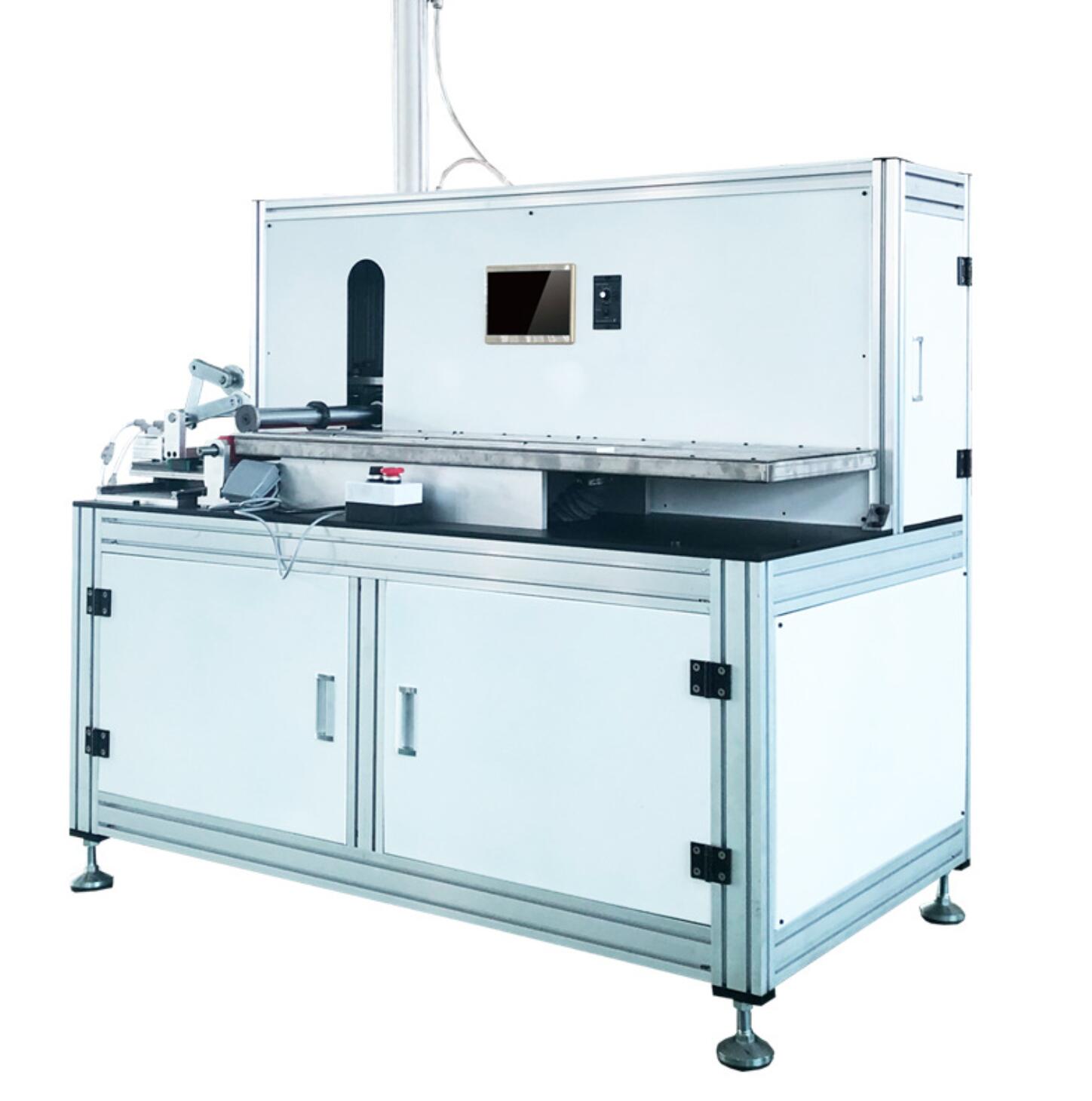
Making a cylinder with machines involves several automated steps that ensure speed and consistency. It’s quite different from doing it by hand. Let me walk you through how kylin [cylinder warapping machines]() typically handle this process.
Material Handling and Preparation
First, the machine needs the right material. This usually starts with feeding large cardboard sheets or pre-cut flat pieces (blanks) into the system. Some machines can also work directly from a roll of cardboard. The machine then automatically measures and cuts the cardboard. It cuts it to the exact size needed for the cylinder’s main body. Sometimes it also cuts the pieces for the top and bottom lids or bases. Precision here is very important. Next, the machine often scores or creases the cardboard. These are faint lines pressed into the cardboard. They allow the material to bend neatly into a round shape later without cracking or looking messy. This preparation stage is critical for a high-quality final box.
Forming and Gluing
After cutting and scoring, the flat cardboard piece moves to the forming station. Here, specialized tools like mechanical guides or rollers carefully bend and shape the flat piece. It’s usually wrapped around a metal cylinder called a mandrel. This mandrel sets the exact diameter of the box. As the cardboard wraps around, glue applicators apply adhesive. They put glue precisely along the edge that will overlap to close the cylinder seam. We often use hot melt glue for fast bonding, but cold glue is also an option depending on the material and machine type. The system controls the glue amount carefully for a strong seal.
Sealing and Finishing
Once the cardboard is rolled into a cylinder and the glue is applied, the machine applies pressure to the seam. This ensures the glue bonds tightly as it cools or sets. The cylinder shape is now complete. From here, the cylinder might move to other stations. These could attach the circular base and lid discs, if needed. Other finishing steps might include crimping the edges for a better seal or appearance, or even adding labels or printing directly onto the cylinder. Throughout this automated process, sensors and checks can monitor quality, ensuring each cylindrical box meets the required standards.
What machine is used to make cardboard cylinders?
Wondering about the specific equipment for cylinder boxes? Many machines exist, but which ones handle this unique shape effectively? Let’s look at the specialized options available.
Dedicated tube winding machines or specialized round box forming machines create cardboard cylinders. These machines automate cutting, gluing, rolling, and sealing. For integrated production, look for systems like those offered by Kylin Machines.
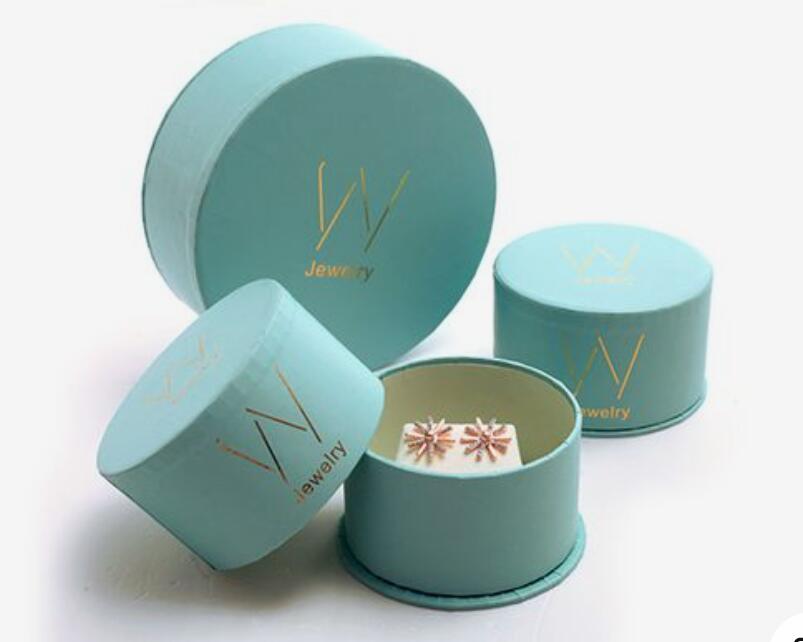
You cannot use just any box-making machine to produce cardboard cylinders efficiently. This shape requires specialized equipment designed specifically for the task. Two main types of machines are commonly used in the industry. Understanding the difference helps you choose what’s best for your products.
Tube Winders
Tube winding machines are designed to create strong cardboard tubes. They usually take long, narrow strips of paperboard or cardboard, often fed from multiple rolls. These strips are coated with glue and then wound continuously around a rotating rod called a mandrel. There are two main methods:
- Spiral Winding: Strips are wound at an angle, overlapping like a barber pole. This is very common for mailing tubes, carpet cores, or industrial applications.
- Convolute Winding: A single wider sheet is rolled directly onto itself around the mandrel. This creates a tube with a single seam running straight down the side, often used for food containers like biscuit tubes.
Tube winders produce long tubes that are then cut to the desired length.
Round Box Forming Machines
These machines are generally more focused on producing finished packaging containers, not just tubes. They often start with pre-cut flat blanks of cardboard or greyboard. The machine automatically forms the cylindrical body, similar to a convolute winder but often with higher precision for graphics alignment. Crucially, these machines often integrate steps to attach the base disc and sometimes the lid as well. At Kylin Machines, this is our area of expertise. We develop and build advanced round box forming lines that handle multiple steps: precise V-grooving for sharp edges on rigid board, accurate blank positioning (sometimes using robotics), body forming, gluing, and base insertion. These machines are ideal for creating high-quality, often luxury, cylindrical boxes used for products like cosmetics, spirits, tea, or gifts. They prioritize the finished appearance and structural integrity of the box itself.
| Feature | Tube Winder | Round Box Forming Machine (like Kylin’s) |
|---|---|---|
| Input | Rolls of paper/cardboard strips | Pre-cut flat blanks or sheets |
| Process | Spiral or convolute winding | Forming blank around mandrel |
| Output | Long tubes (cut later) | Finished cylindrical boxes (often w/ base) |
| Typical Use | Mailing tubes, cores, industry | Product packaging (cosmetics, food) |
| Focus | Tube strength, continuous prod. | Box quality, appearance, integration |
How do you make cardboard boxes in general with machines?
Curious about general cardboard box making beyond cylinders? The principles seem similar, but what are the core machine processes? Let’s cover the basics of automated box production.
Machines make cardboard boxes by automating cutting, creasing, folding, and gluing. Die-cutters create the flat shape (blank), folder-gluers assemble it, and case erectors form corrugated boxes.
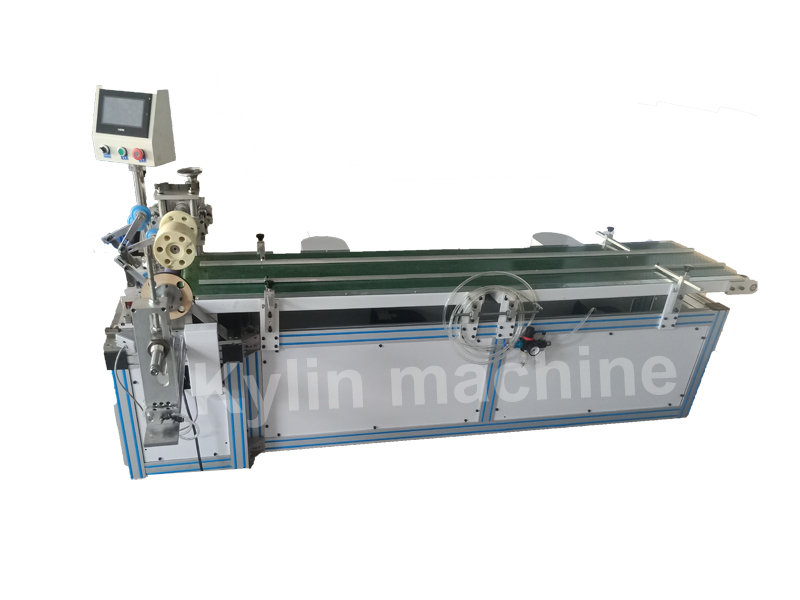
Making standard cardboard boxes, like the rectangular ones used for shipping or product packaging, also relies heavily on automation for efficiency and consistency. While the end shape is different from a cylinder, some core machine processes are similar, focusing on converting flat material into a 3D structure.
Material Conversion and Shaping
The journey usually starts with large sheets or rolls of material – typically corrugated cardboard for shipping boxes or solid paperboard (like greyboard) for rigid boxes.
- Cutting/Die-Cutting: To get the specific flat pattern (the "blank") needed for a box, machines cut the material. For complex shapes or high volumes, a die-cutter is essential. Think of it like a giant, precise cookie cutter. It uses a sharp steel rule die, custom-made for the box design, to cut the outline and simultaneously press crease lines for accurate folding. There are flatbed die-cutters (good for sheets) and rotary die-cutters (faster, often for web-fed or high-volume sheet-fed operations).
- Printing/Coating: Often, printing happens on the flat sheet before die-cutting, using large offset or flexographic presses. Coatings might also be applied at this stage.
Assembly and Gluing
Once the flat blank is cut and creased, it needs to be folded and glued into its box shape.
- Folder-Gluers: This is the workhorse for most standard folding cartons and corrugated boxes. The flat blanks are fed into the machine, which uses a series of belts, guides, and plows to precisely fold the panels along the crease lines. Glue (hot melt or cold PVA) is automatically applied to the designated glue flaps. Finally, pressure sections ensure the glue bonds securely. The boxes usually emerge folded flat for efficient shipping and storage.
- Rigid Box Making Lines: For high-quality rigid boxes (like smartphone boxes or luxury gift boxes), the process is more complex. Machines like ours at Kylin Machines often involve laminating printed wrap paper onto sturdy greyboard blanks, corner taping the greyboard structure, and then precisely forming and adhering the wrap around the box structure. This often involves robotic arms for precision placement, especially with our focus on Robotic Spotter technology.
- Case Erectors: Used at the end-user’s facility (where products are packed), these machines take flat-folded corrugated boxes, automatically open them up, fold the bottom flaps, and seal them with tape or glue, ready for filling.
How can machines make box production feel like a time machine?
Tired of slow, manual box making eating up valuable time? Wish you could fast-forward production and boost efficiency instantly? Modern machinery offers that leap forward.
Automated machines act like ‘time machines’ by drastically reducing production time. They perform tasks in seconds that take minutes or hours manually, multiplying output and enabling businesses to meet tight deadlines consistently.
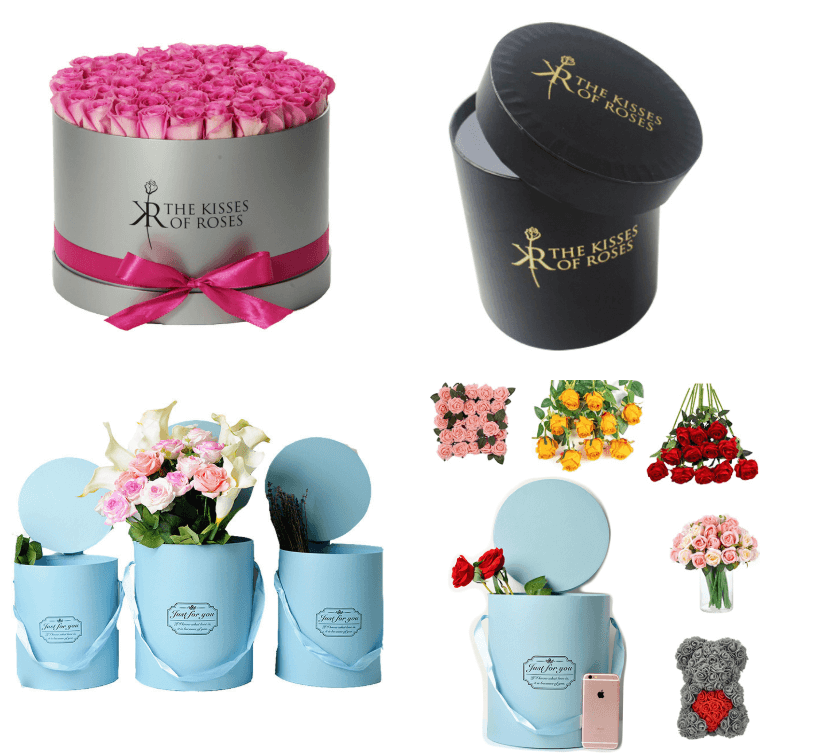
Okay, let’s be clear, we aren’t talking about science fiction! We can’t send boxes back to yesterday. But when you compare the output of modern automated packaging machinery to traditional manual methods, the difference in speed and efficiency is so dramatic, it feels like you’ve jumped forward in time. I’ve seen this transformation happen many times with our customers at Kylin Machines when they upgrade their production lines.
Speed and Throughput Boost
Think about making even a simple box by hand: measure, mark, cut, score, fold, apply glue, hold until set. It takes minutes per box. Now imagine a machine doing all those steps sequentially and simultaneously on multiple boxes.
- Task Automation: Machines perform each task – cutting, forming, gluing – in fractions of a second.
- Continuous Flow: Automated lines move boxes smoothly from one station to the next without interruption.
A modern production line, like some of the ones we build at Kylin Machines, can produce hundreds or even thousands of boxes per hour. This massive increase in throughput lets businesses handle large orders quickly, drastically cutting down lead times. Meeting tight deadlines becomes standard practice, not a stressful exception. It’s like compressing weeks of manual work into days or hours.
Consistency Saves Time (and Money)
Humans get tired, and manual work can vary. Machines don’t.
- Precision: Automation ensures every cut is exact, every fold is crisp, and every glue application is consistent.
- Reduced Errors: This precision minimizes mistakes, meaning less wasted material and less time spent on rework or quality control sorting out defective products. Fixing errors is a huge time sink that automation largely eliminates.
Optimizing Labor Resources
Automation handles the repetitive, labor-intensive tasks. This doesn’t necessarily mean replacing people, but rather redeploying them. Your skilled workers can move from tedious manual assembly to overseeing machine operation, performing quality checks, managing logistics, or other higher-value tasks. This smarter use of human resources is another way automation helps you effectively "gain time" by making your entire operation more productive. This combined effect – massive speed increase, error reduction, and better labor use – is why investing in automation truly feels like fast-forwarding your production capabilities.
Conclusion
In short, making cardboard cylindrical boxes efficiently relies on specialized machines. Systems from providers like Kylin Machines offer the speed, precision, and quality needed for today’s packaging demands.
My name is Jacob, and at Kylin Machines (www.kylinmachines.com), we specialize in advanced post-press machinery, including solutions for rigid boxes, round boxes, and book covers, primarily serving B2B wholesale customers globally from our base in China. Our focus includes high-tech Robotic Spotter and Hybrid systems. We’ve been helping businesses in the graphic arts, paper converting, and bookbindery industries improve their production since 2003.


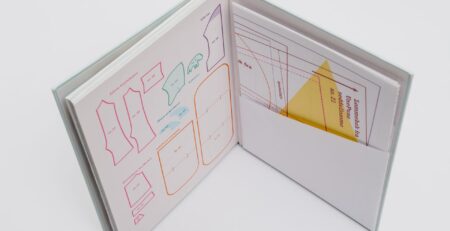
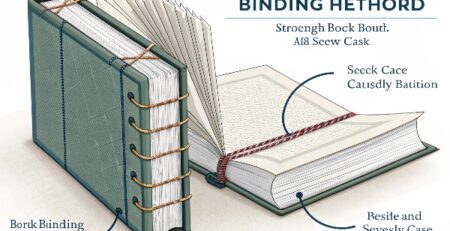
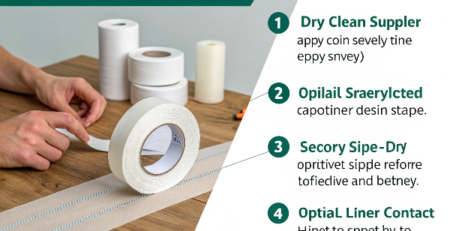

发表回复